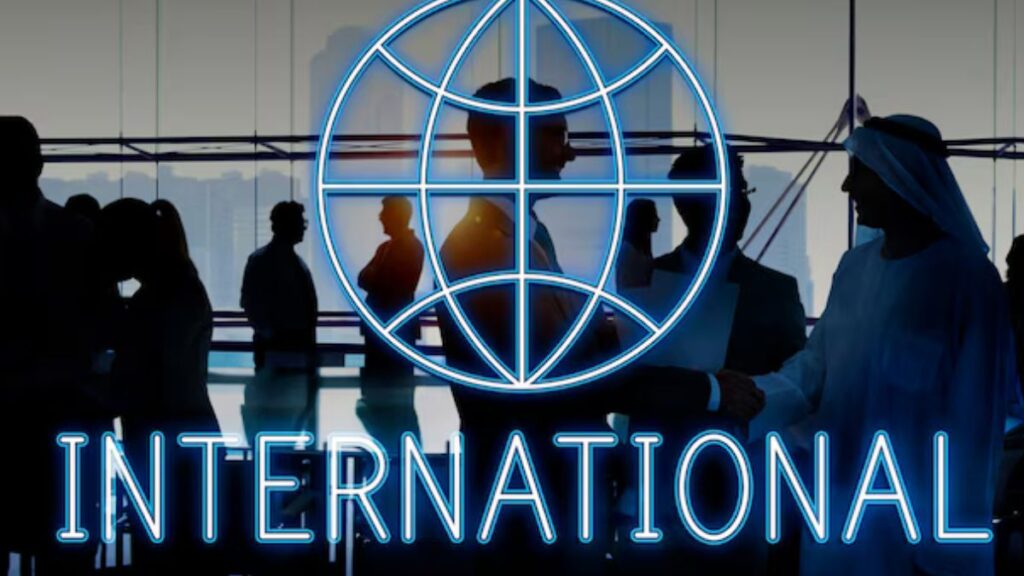CrewLogout. om, In an age where remote work and aviation tech collide, the phrase “logging out” has evolved from a casual habit to a security-critical protocol.
Enter CrewLogout.om — a cutting-edge digital solution created to ensure secure, automated crew session management, remote work offboarding, and identity protection across globally distributed teams.
What started as a niche tool for airline cockpit crews has quickly grown into a cross-industry platform for time-sensitive logout automation, cloud access control, and crew-based task compartmentalization.
But behind the scenes, CrewLogout.om is solving a much bigger problem than just signing out.
The Problem: Logout Isn’t Just a Button Anymore, CrewLogout. om
Every time someone finishes a shift—whether in the cockpit, in the cloud, or in a virtual co-working space—there’s a question:
Did they log out safely?
And more importantly:
-
Did they close all active sessions?
-
Did they leave behind any backdoors?
-
Are their credentials being stored somewhere insecurely?
-
Can anyone impersonate them post-logout?
As companies grow and teams globalize, logout mismanagement is becoming one of the top cybersecurity blind spots.
What Is CrewLogout. om?
CrewLogout. om is a zero-trust logout automation and session security protocol designed to:
-
Automatically log out users from critical systems after flight, shift, or project.
-
Revoke or suspend digital credentials upon task completion.
-
Enforce multi-device logout across desktop, mobile, cockpit hardware, and cloud consoles.
-
Integrate with identity and access management (IAM) tools like Okta, Azure AD, and Google Workspace.
Its “.om” domain reflects its Oman-based development origins, but it’s now used by aviation teams, remote developers, and digital agencies worldwide.
The Origin Story: Built for Cockpits, Adopted by the Cloud
The platform was originally designed for flight crews in the Middle East and Asia-Pacific. Airline staff often used shared tablets and devices mid-flight. At the end of a shift, forgotten logins would:
-
Expose sensitive airline operations
-
Leak passenger data
-
Leave systems vulnerable to tampering
To solve this, CrewLogout. om was built with a focus on time-boxed access, biometric triggers, and AI-powered logout prediction.
Then the pandemic hit.
Remote work exploded.
And suddenly, every company had a “crew” of its own.
Key Features of CrewLogout. om
1. Context-Aware Auto-Logout
-
Uses location, time zone, and usage patterns to log out crew members.
-
Example: A flight crew logs out automatically upon landing and docking.
2. Shift-Based Access Revocation
-
Once a project or shift ends, login tokens and access credentials are flushed.
-
Great for contractors and freelancers.
3. Multi-Device Session Sync
-
Log out on one device, and it syncs logout across all others (including IoT hardware).
4. Logout Analytics Dashboard
-
Shows usage time, logout habits, risks, and forgotten sessions.
5. Emergency Logout Switch
-
In case of suspicious activity, admins can kill all sessions organization-wide.
Why CrewLogout. om Matters Today
As digital workplaces become multi-layered, logout is no longer a matter of user behavior—it must be proactive, policy-driven, and tech-enforced.
Consider:
-
A DevOps engineer forgetting to log out of AWS after hours.
-
A pilot who finishes a simulation session but leaves credentials stored.
-
A marketing freelancer accessing sensitive dashboards from a public Wi-Fi cafe.
One forgotten logout can lead to millions in losses.
CrewLogout.om acts as the digital doorman, closing the gate before threats enter.
Use Cases Across Industries
✈️ Aviation
-
Logs out cockpit crew from operational dashboards post-flight.
-
Cleans cached flight data and navigation files.
💼 Remote Teams
-
Automatically revokes access to cloud apps at the end of contracts.
-
Ensures no data is left behind on personal laptops.
💻 Software Development
-
Disconnects developers from repositories like GitHub or Bitbucket.
-
Prevents post-departure code tampering.
🏥 Healthcare Teleconsulting
-
Logs out remote doctors from patient records after consultation windows expire.
Integration With Enterprise Tools
CrewLogout.om can be connected to:
-
Microsoft Azure Active Directory
-
AWS IAM policies
-
Google Cloud Identity
-
Slack & Zoom session monitors
-
Jira and Confluence workspaces
Using API hooks, companies can embed CrewLogout.om into any session-based workflow, making it part of their digital hygiene.
The Human Side: Logging Out Means Letting Go, CrewLogout. om
On a more emotional level, CrewLogout.om symbolizes something deeper: knowing when to disconnect.
In today’s always-on culture, many employees don’t log out—not because they forget, but because they feel guilty doing so.
Automated logout gives us permission to:
-
Respect boundaries.
-
Protect our identities.
-
Reclaim personal time.
In other words, logout isn’t just about systems. It’s about self-care.
Challenges and Criticisms
While the platform is innovative, critics argue:
-
It may over-enforce logouts and disrupt workflows.
-
It could be seen as surveillance under the guise of “security.”
-
Privacy concerns arise with behavioral logout prediction.
CrewLogout.om addresses this with:
-
Transparent session dashboards for users
-
Manual override options
-
GDPR-compliant data policies
Still, ethical deployment remains a key responsibility for organizations.
What’s Next for CrewLogout. om?
The developers behind CrewLogout.om are now working on:
-
Logout prediction using neural networks
-
Session heatmaps to visualize user logout hotspots
-
Biometric session deactivation (e.g., auto-logout when face recognition fails)
-
Integration with wearable devices (e.g., log out when your smartwatch leaves work Wi-Fi)
With the rise of hybrid work, digital nomadism, and AI workplaces, CrewLogout.om is positioning itself as the logout layer for the modern workforce.
Final Thoughts: The Future of Logout Culture, CrewLogout. om
In cybersecurity, we focus so much on login—multi-factor, biometrics, passkeys—that we forget the other side of the equation.
But log out is just as critical. It is the act of closing the door, turning off the lights, and saying:
“This session is done. I’m safe to walk away.”
CrewLogout.om transforms logout from a casual afterthought into a deliberate security action, backed by logic, ethics, and innovation.
And in a world that never stops working, that might just be what we need most.


